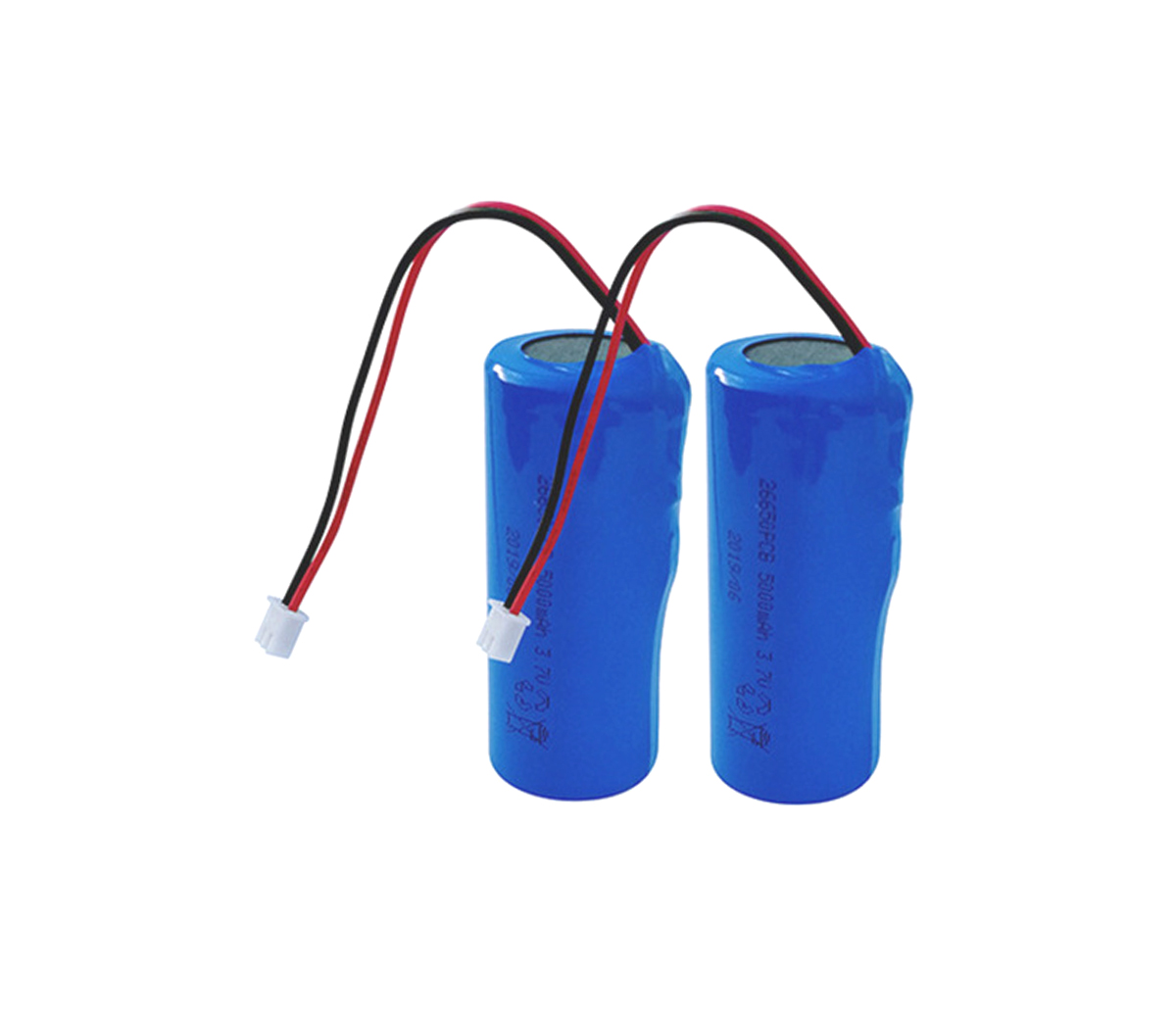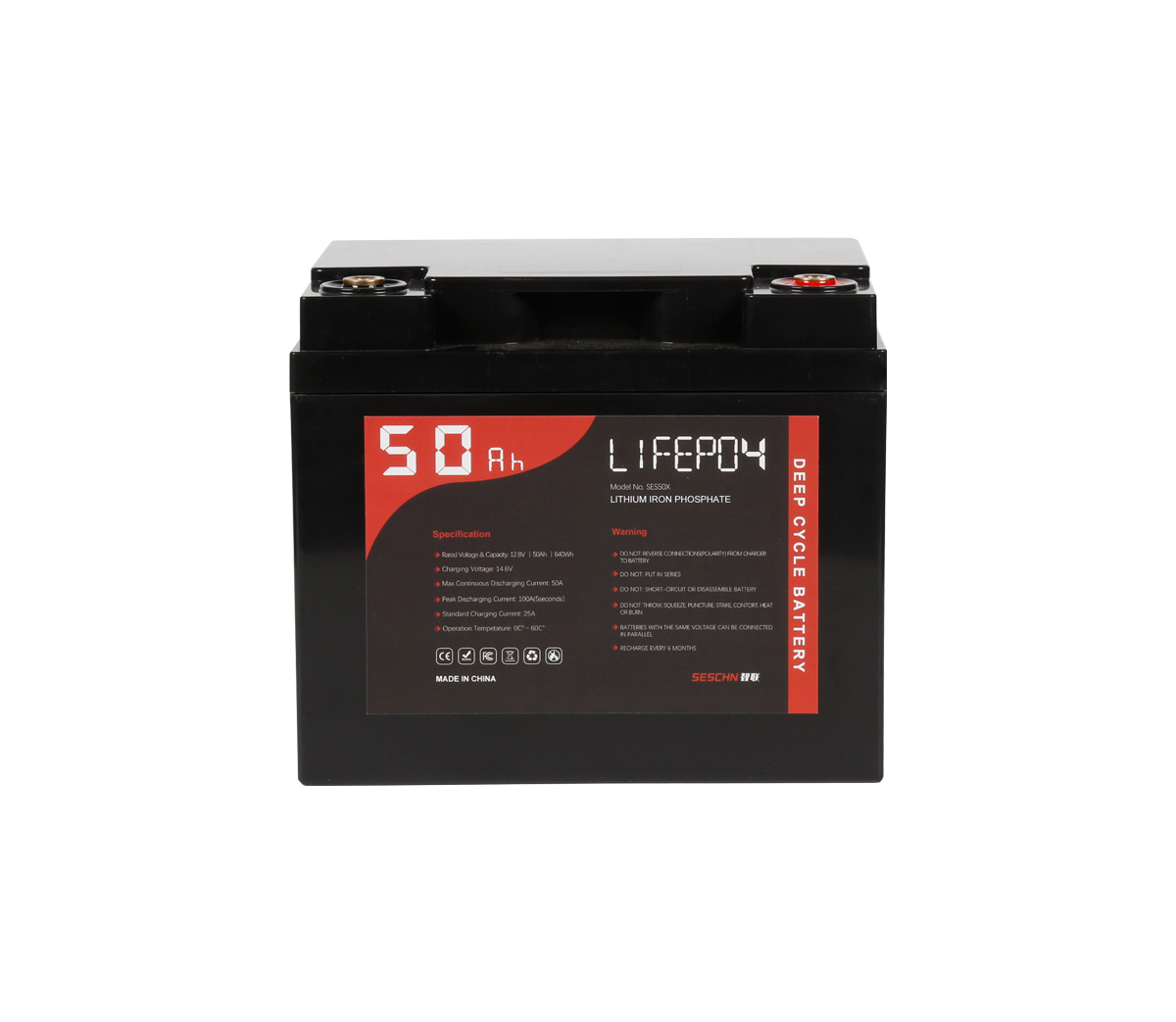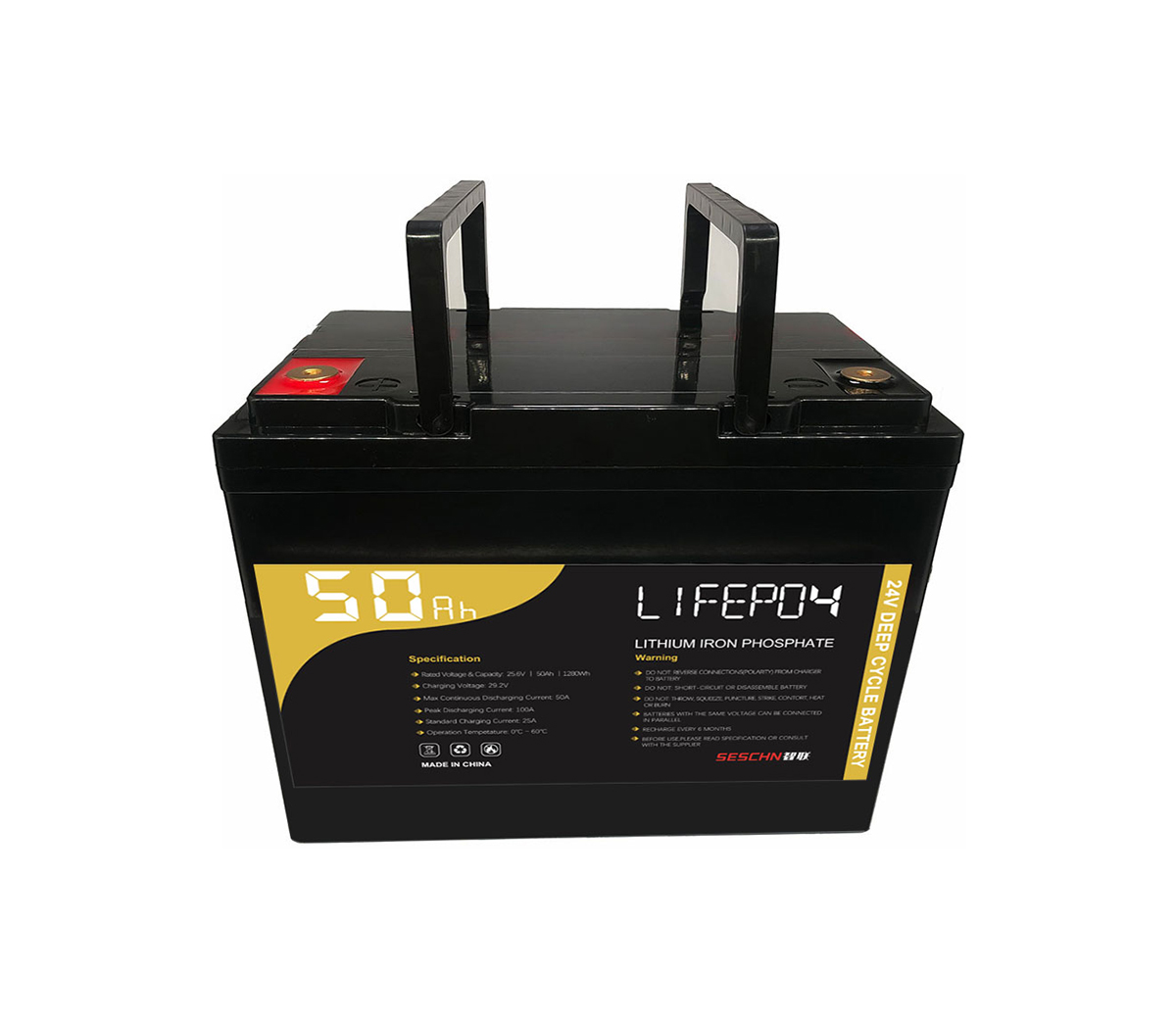Following the United States, India's photovoltaic manufacturing is
localized!
In April of this year, India’s Federal Cabinet approved a production-linked
incentive plan (PLI) to promote the production of gigawatt-level high-efficiency
solar photovoltaic modules at an expenditure of 45 billion Indian rupees (about
605 million US dollars).
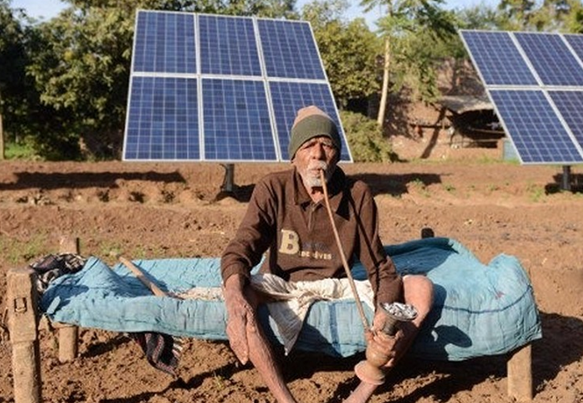
The plan will alleviate future supply chain issues by establishing a strong
domestic solar manufacturing ecosystem. But now, supply chain issues are
hindering the development of domestic industries.
A: Raw material prices affect the solar energy supply chain
For a long time, the solar energy supply chain has been dominated by
Chinese companies. But now, the situation is changing, and many Indian domestic
companies are seeking to expand the scale of their production lines.
When talking about the plight of local Indian manufacturers, Senza Solar
general manager Pramod Sirohiya said: "Rising freight is one of the big
problems. The cost has risen from US$800 per container to US$9,000, and it is
not expected to drop anytime soon. At the same time. , The price of raw
materials has risen terribly. In the past three months, the price of silicon and
EVA sheets has risen by 40-50%."
B: The battery manufacturing industry may pick up soon
In the next 2-3 years, India’s installed solar capacity is expected to
exceed 30GW. Therefore, a strong supply chain is essential. At present, India
still has no silicon wafer production capacity, and most of the raw materials
are imported from China.
In view of this situation, many people believe that Indian manufacturers
are just assemblers. The government's measures failed to promote the
localization of domestic manufacturing.
Bharat Bhut, co-founder and director of Goldi Solar, said when introducing
domestic production capacity and future development: "Many companies in India
are planning battery production capacity. It takes about a year to develop 5-8GW
capacity domestically. However, we do not have an internal Reliable supply
chain."
Bhut pointed out that domestic projects can rely on local manufacturers in
India to provide components, but the central and state policy coordination is a
top priority.
Harsh Jain, director of Citizen Solar, also holds a similar view, "The
implementation of the PLI plan will provide a huge impetus. Large companies such
as Jupiter Solar and Goldi Solar are planning to expand their production lines.
We will have a strong force in the next two to three years. We are completely
dependent on China for raw materials, and prices have been rising, and there is
no sign of abating."
At present, EPC company purchases modules at a price of 21 Indian rupees
(approximately US$0.28)/W for polycrystalline modules and 23 Indian rupees
(approximately US$0.31)/W for single-crystalline modules. About six months ago,
the price was almost 18 Indian rupees. Rupee (approximately US$0.24)/Wp.
C: Need a supporting tariff framework
Stakeholders believe that a competitive tariff system needs to be
implemented to provide domestic manufacturers with an environment for fair
competition with cheap imported products. Manufacturers pin their hopes on the
basic tariffs (BCD) that will be imposed next year.
A big obstacle is the levy of anti-dumping duties on raw materials, and no
anti-dumping duties on finished solar cell modules. There is no rationale behind
this decision. The government should seriously consider abolishing anti-dumping
duties imposed on raw materials.
Avinash Hiranandani, CEO and General Manager of RenewSys India, said, "At
present, we do not impose taxes on components, but we have to pay taxes on raw
materials, which is unfair to domestic manufacturers. Component manufacturers
are facing huge problems. ."
D: Technology and innovation
In order to compete on a global scale, India needs to focus on
technological improvement. Currently, none of the solar technologies on the
market has been developed in India.
A component manufacturer said: "We are just following China's technology
more than three years ago. This is a big problem for Indian companies. If Indian
companies want to compare with Chinese companies, they must come up with their
own technology, otherwise, they are not competitive at all."
"Chinese manufacturers have begun to provide 550Wp components. In India, we
still need some time to start producing 550Wp components. Technology upgrades
cannot happen overnight, it takes time. In order to compete with the latest
technology, we need governments and universities. Only in this way can real
technological development be realized."
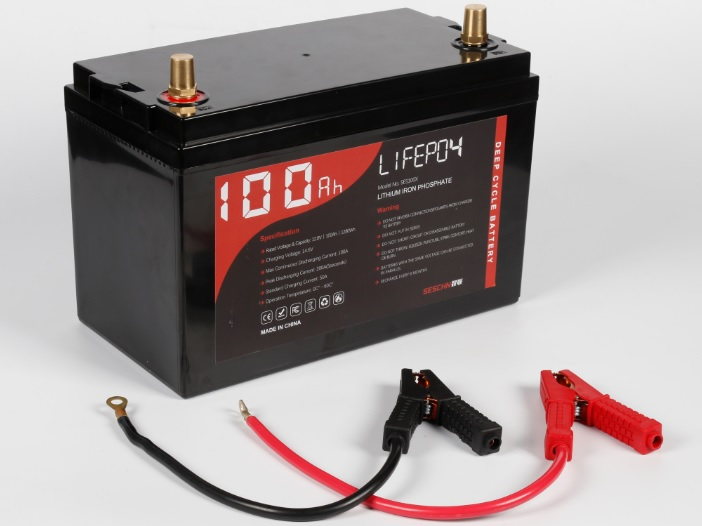
Lithium-ion battery (LIB) has become the main energy storage solution in
modern social life. Among them, lithium iron phosphate batteries are a perfect
replacement for lead-acid batteries, and they are the first choice for
grid-connected peak shaving, off-grid energy storage, photovoltaic energy
storage, UPS, data center and other industries.
Solar power generation system with lithium battery energy storage system is
a very promising clean energy.











